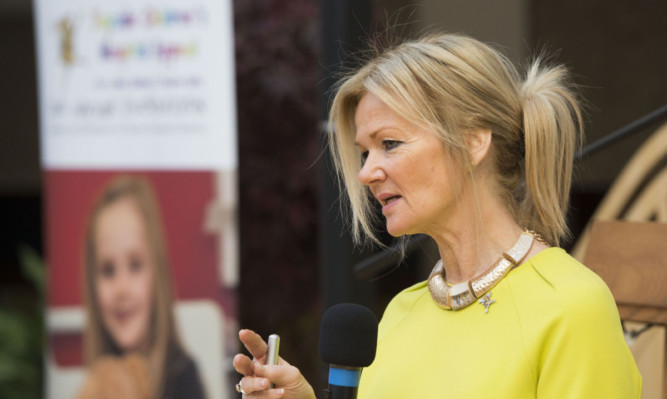Drug abuse among children as young as 12 has been flagged up as a key issue for Angus.
A wellbeing survey also identified poor early social and emotional development in children up to five years old and sub-standard engagement with school in those aged nine to 16 as areas of concern.
The Children’s Wellbeing Research Project was undertaken by the council late last year and gathered details about the needs of children and young people from birth to 16-years-old.
It was aimed at families across the county and achieved a response rate of 94%.
While further analysis of the data is required, the project revealed three priority areas for the council and its partner agencies.
Angus Council’s spokesperson for children and learning, Councillor Sheena Welsh, said: “On the basis of the initial findings we have identified three key priorities for the Angus Community Planning Partnership poor early social and emotional development (0-5 years), poor engagement with school (9-16) and early initiation of substance use (12-16).
“Addressing these issues at an early stage will help us promote better outcomes for all children and young people in Angus.”
The research findings for Angus are in line with those from the other local authorities who took part in the project.
All of the responses will assist local planning partners in identifying and quantifying key developmental outcomes for children and young people and in prioritising areas for improvement.
Mrs Welsh said: “The high level findings of the research provide important information on key developmental outcomes for our children and young people.
“Further analysis is now under way, which will give us a clearer picture of children’s needs in specific areas of Angus.”
Lesley McLay chief executive of NHS Tayside said: “This information will further improve our joint planning with other statutory services and the third sector so that earlier support is provided for children and their families.
“Supporting families at this early stage will provide the best opportunity of improving outcomes in later life.
“More detailed analysis will allow us to more effectively target and share our resources.”
